
Poetry, also called verse, is a form of literature that uses aesthetic and often rhythmic qualities of language − such as phonaesthetics, sound symbolism, and metre − to evoke meanings in addition to, or in place of, a prosaic ostensible meaning. A poem is a literary composition, written by a poet, using this principle.

Modern lyric poetry is a formal type of poetry which expresses personal emotions or feelings, typically spoken in the first person.

The Sapphic stanza, named after Sappho, is an Aeolic verse form of four lines. Originally composed in quantitative verse and unrhymed, since the Middle Ages imitations of the form typically feature rhyme and accentual prosody. It is "the longest lived of the Classical lyric strophes in the West".
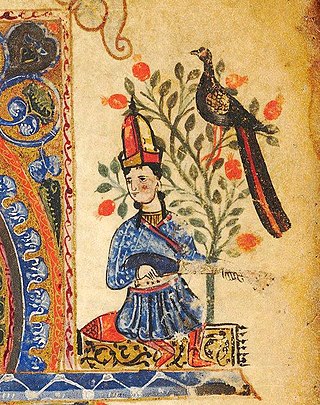
The music of Armenia has its origins in the Armenian highlands, dating back to the 3rd millennium BCE, and is a long-standing musical tradition that encompasses diverse secular and religious, or sacred, music. Folk music was notably collected and transcribed by Komitas Vardapet, a prominent composer and musicologist, in the late nineteenth and early twentieth centuries, who is also considered the founder of the modern Armenian national school of music. Armenian music has been presented internationally by numerous artists, such as composers Aram Khachaturian, Alexander Arutiunian, Arno Babajanian, Haig Gudenian, and Karen Kavaleryan as well as by traditional performers such as duduk player Djivan Gasparyan.

The "Ode on Indolence" is one of five odes composed by English poet John Keats in the spring of 1819. The others were "Ode on a Grecian Urn", "Ode on Melancholy", "Ode to a Nightingale" and "Ode to Psyche". The poem describes the state of indolence, a word which is synonymous with "avoidance" or "laziness". The work was written during a time when Keats was presumably more than usually occupied with his material prospects. After finishing the spring poems, Keats wrote in June 1819 that its composition brought him more pleasure than anything else he had written that year. Unlike the other odes he wrote that year, "Ode on Indolence" was not published until 1848, 27 years after his death.

Vahan Tekeyan was an Armenian poet and public activist. In his lifetime he was the most famous poet of the Armenian diaspora, and he remains a significant symbol of Armenian identity and cultural heritage.

Songs of Innocence and of Experience is a collection of illustrated poems by William Blake. Originally, Blake illuminated and bound Songs of Innocence and Songs of Experience separately. It was only in 1795 that Blake combined the two sets of poems into a volume titled Songs of Innocence and of Experience Shewing the Two Contrary States of the Human Soul. Even after beginning to print the poems together, Blake continued to produce individual volumes for each of the two sets of poetry.
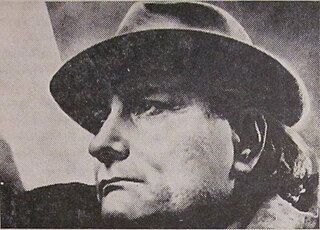
Hovhannes Shiraz was an Armenian poet.
Decasyllable is a poetic meter of ten syllables used in poetic traditions of syllabic verse. In languages with a stress accent, it is the equivalent of pentameter with iambs or trochees.

An ashik or ashugh is traditionally a singer-poet and bard who accompanies his song—be it a dastan or a shorter original composition—with a long-necked lute in Azerbaijani culture, including Turkish and South Azeribaijani and non-Turkic cultures of South Caucasus. In Azerbaijan, the modern ashik is a professional musician who usually serves an apprenticeship, masters playing the bağlama, and builds up a varied but individual repertoire of Turkic folk songs.

Yeghishe Charents was an Armenian poet, writer and public activist. Charents' literary subject matter ranged from his experiences in the First World War, the Russian Revolution, and frequently Armenia and Armenians. He is recognized as "the main poet of the 20th century" in Armenia.
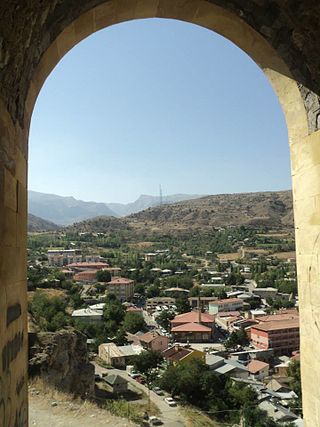
Khosrovidukht was an Armenian hymnographer and poet who lived during the early 8th century. After her slightly earlier contemporary Sahakdukht, she is the first known woman of Armenian literature and music, and among the earliest woman composers in the history of music.
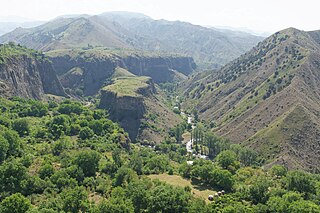
Sahakdukht was an Armenian hymnographer, poet and pedagogue who lived during the early 8th century. She is the first known woman of Armenian literature and music. Along with her slightly later contemporary Khosrovidukht, she is among the earliest woman composers in history.
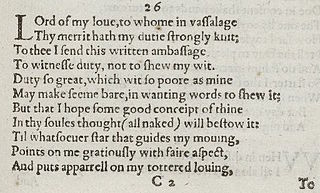
Sonnet 26 is one of 154 sonnets written by the English playwright and poet William Shakespeare, and is a part of the Fair Youth sequence.
David of Sassoun is the main hero of Armenia's national epic Daredevils of Sassoun, who drove Arab Egyptian invaders out of Armenia.

Aram Saroyan is an American poet, novelist, biographer, memoirist and playwright, who is especially known for his minimalist poetry, famous examples of which include the one-word poem "lighght" and a one-letter poem comprising a four-legged version of the letter "m".

Nahabed Rusinian was a prominent Ottoman Armenian poet, publicist, physician, orator, writer, political activist, translator, and contributor to the Armenian National Constitution.

Diana Der Hovanessian, Armenian American poet, translator, and author. Much of the subject of her poetry was about Armenia and the Armenian diaspora. She wrote and published over twenty-five books.
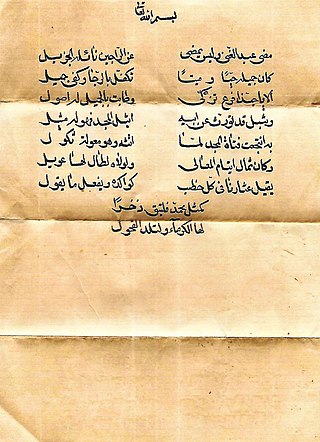
Rithā’ is a genre of Arabic poetry corresponding to elegy or lament. Along with elegy proper, rithā’ may also contain taḥrīḍ.
The Armenian Hayren is a form of traditional Armenian poetry. Hayrens are typically composed of four lines with each of the four lines containing 15 syllables. Each line divides into two half-lines that consist of seven and eight syllables. Some of this structure has been lost in translation, and the poems are best appreciated in the Armenian language. Many hayrens have not been translated from Armenian to English. This form of poetry dates back to medieval Armenia and has been used by various poets and writers throughout history. The content of hayrens can vary, covering topics such as love, satire, or lessons in morality.
















